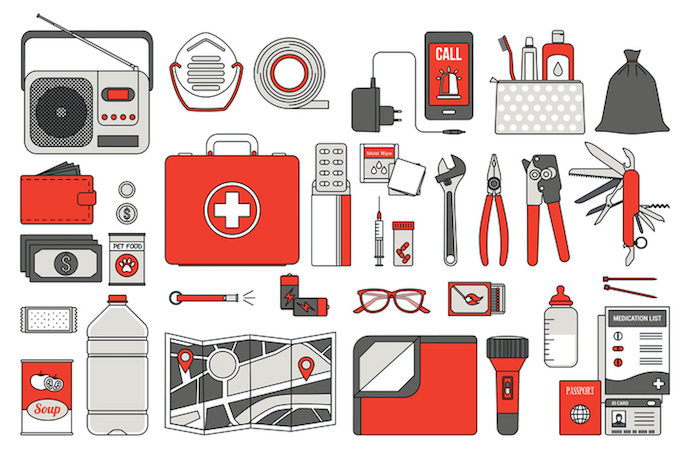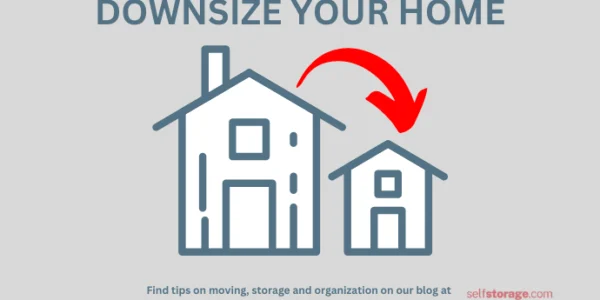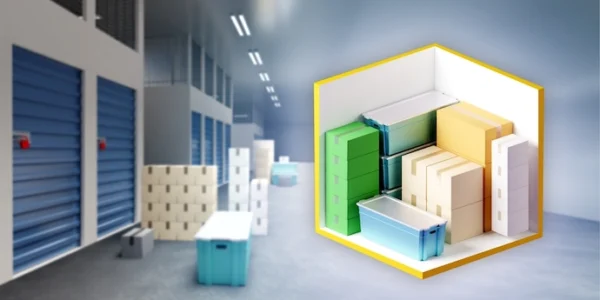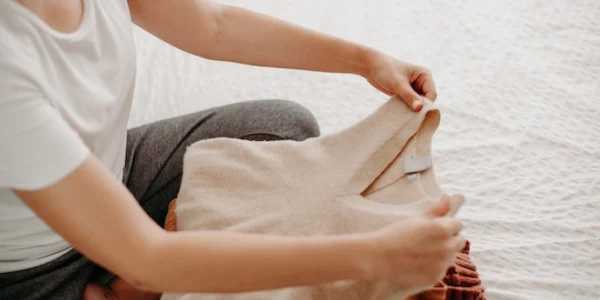Do you have an emergency kit? If not, get one – stat. Sometimes these supplies might be all you have to keep you and your loved ones fed, hydrated and warm should a natural disaster strike.
And September is National Preparedness Month, which is the ideal time to double-check your kit and its contents.
But assuming you have one at the ready (if not, stop reading here and get it put together, please!), where should you keep it?
Here are some tips for how to make your emergency kit as accessible as possible.
How to Store Your Supplies
Keep your emergency supplies in a portable container, such as a backpack, durable plastic container or roller suitcase and store it in a location that is easily accessible in case you have to evacuate your home quickly, advises Don Lauritzen, communications officer for the American Red Cross.
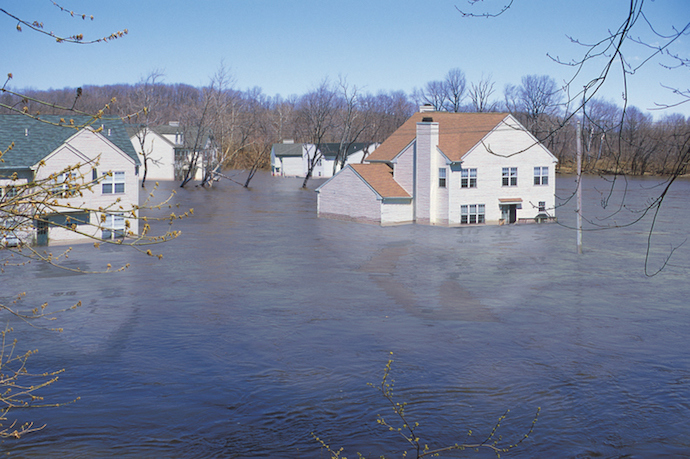
Best Places to Store Your Kit
Where are those places in your house?
“The best or worst place to store an emergency preparedness kit is entirely dependent upon the kind of emergencies that might occur in the geographical area of question,” points out Alexander Ruggie of 911 Restoration, which specializes in recovery after disasters.
For example, he says, it may be logical to store an emergency kit under the kitchen sink in Denver, but in New Orleans this may end up under an entire building’s worth of water if there is a major flood.
Among the prime spots recommended by the American Red Cross are:
- In a closet or storage space near an exit
- Under your bed
- In the garage – especially practical since it would be close to your car if you need to evacuate; but watch for your emergency water freezing.
“I keep our main emergency kit in a hall closet that I also keep stocked with extra blankets, batteries, flashlights and bottled water,” says Rebecca Tarrant of Charlotte, NC, who adds that she also keeps one in her child’s room.
Anywhere that’s too inconvenient, such as the attic, is a non-starter, though. Although we often picture ourselves riding out the disaster in our home, the attic may be not be a convenient location if you have to evacuate quickly, Lauritzen says.
Multiple Stashes
The safest approach to storing an emergency kit is to create more than one, and keep them in separate areas of the home, notes Ruggie.
“For example, to be extremely protected, keep one kit in the garage, another under the kitchen sink and another in an off-site location like a storage unit or with a friend on the other side of town,” he says. And make sure all household members know where the kit is stored.

Beyond the Home
Two other places to consider adding kits are:
- In a storage facility
Is your storage facility near your home? It’s a smart idea to put a duplicate in the unit, in case you are caught outside your neighborhood and can’t return.
- In your vehicle
Having a kit in your car is advised, in case you are out and about when disaster strikes. Roads can quickly become clogged, and traffic flow could be cut off.
Tarrant stows an emergency kit in her car that she updates seasonally, replacing summer clothes for heavier winter clothing, as well as swapping out food and water that may be close to its expiration date.
“It’s also a good idea to keep a few supplies in your commuter bag,” Lauritzen suggests, or in your desk at your workplace.
The More You Know…
Not sure what to do in case of an emergency? Find out how to prepare for and what to do during an emergency with the American Red Cross Emergency App. It also offers choice of a variety of severe weather alerts for your area and that of extended family.

